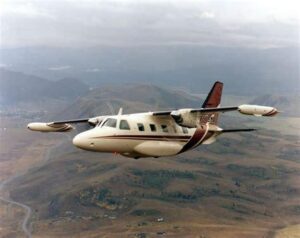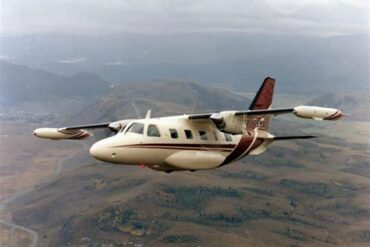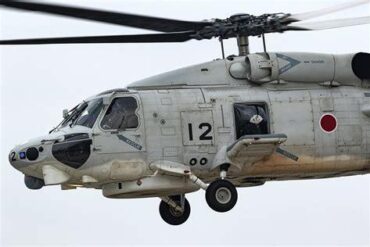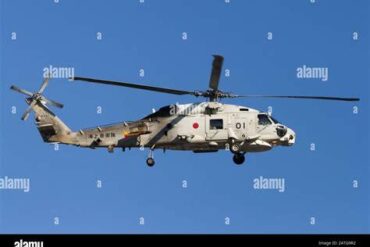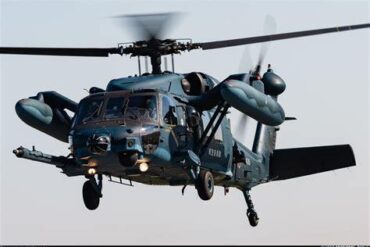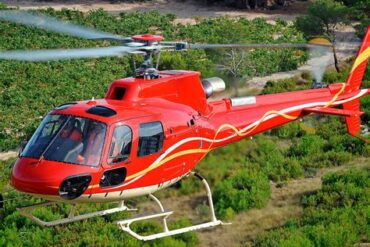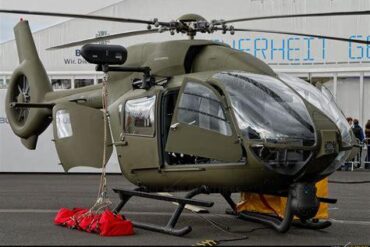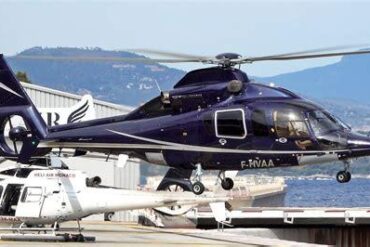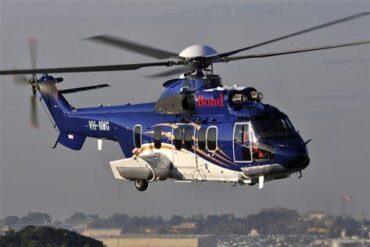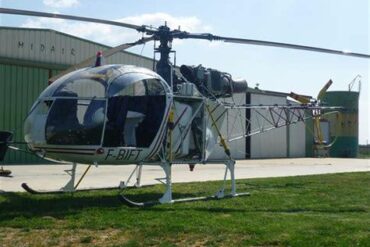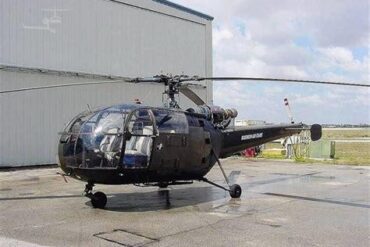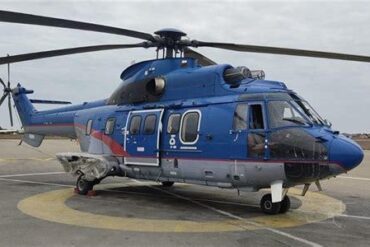The Mitsubishi MU-2 Marquise stands as a notable aircraft in the realm of turboprop planes, celebrated for its performance, speed, and efficiency. In this article, we delve into the intricacies of the MU-2 Marquise, exploring its pricing structure and the operating costs associated with owning and maintaining this remarkable aircraft.
Overview of the Mitsubishi MU-2 Marquise
Introduced in the 1960s, the Mitsubishi MU-2 has evolved over the years, with the Marquise variant emerging as one of the most popular models. Designed for versatility, the MU-2 Marquise can comfortably accommodate up to eight passengers while offering exceptional cargo capacity. With its distinctive twin-engine configuration, the MU-2 Marquise is designed to deliver performance that rivals larger jets, making it a favored choice among private owners and charter services.
Performance Characteristics
One of the defining features of the MU-2 Marquise is its impressive performance metrics. The aircraft boasts a maximum cruise speed of approximately 300 knots and an operational range of around 1,400 nautical miles. Its climb rate is particularly noteworthy, reaching an altitude of 25,000 feet in just 20 minutes. These characteristics make the MU-2 Marquise an ideal option for both short hops and longer flights, all while maintaining a high level of efficiency.
Initial Purchase Price
When considering the purchase of a Mitsubishi MU-2 Marquise, prospective buyers should be prepared for a range of initial costs. The market price for a used MU-2 Marquise typically falls between $250,000 and $600,000, depending on factors such as age, condition, total flight hours, and installed equipment. Newer models or those equipped with advanced avionics may command higher prices, while older units with significant wear may be found at the lower end of the spectrum.
Factors Influencing Purchase Price
Several key factors can influence the purchase price of a Mitsubishi MU-2 Marquise:
-
Aircraft Condition: The overall physical and mechanical condition of the aircraft can significantly affect its market value. Well-maintained aircraft with complete service histories will generally fetch higher prices.
-
Avionics and Equipment: Modern upgrades in avionics and other systems can enhance safety and operational capabilities, which may justify a higher price.
-
Total Flight Hours: Aircraft with lower total flight hours are often more desirable, as they indicate less wear and potential for future use.
-
Market Demand: The general demand for the MU-2 Marquise within the aviation market can fluctuate, impacting pricing trends accordingly.
Operating Costs
Owning a Mitsubishi MU-2 Marquise extends beyond the initial purchase price. Prospective owners should consider various operating costs that contribute to the overall expense of ownership. Key operating costs include fuel, maintenance, insurance, hangar fees, and pilot salaries.
Fuel Costs
Fuel is one of the most significant ongoing expenses for any aircraft owner. The MU-2 Marquise has a fuel consumption rate of approximately 30 gallons per hour. Based on average fuel prices, owners can expect to spend around $180 to $250 per hour on fuel, depending on current market conditions and the type of fuel used. Given its range and speed, the MU-2 Marquise remains relatively fuel-efficient compared to similar aircraft, making it an attractive option for cost-conscious operators.
Maintenance Costs
Regular maintenance is crucial for ensuring the longevity and safety of the MU-2 Marquise. Annual maintenance costs can range from $20,000 to $50,000, depending on usage and required inspections. Owners must adhere to manufacturer-recommended maintenance schedules, which include routine inspections, engine overhauls, and component replacements. Additionally, the availability of skilled technicians familiar with the MU-2 can impact maintenance costs, as specialized knowledge may command a premium.
Insurance Costs
Insuring a Mitsubishi MU-2 Marquise is another essential consideration. Insurance costs can vary widely based on several factors, including the owner’s flying experience, the aircraft’s value, and coverage limits. On average, owners can expect to pay between $3,000 and $10,000 annually for insurance premiums. It is advisable for potential buyers to consult with aviation insurance specialists to determine the best coverage options for their specific needs.
Hangar Fees
Storing the MU-2 Marquise in a hangar can incur additional costs. Hangar fees vary by location and facility but typically range from $300 to $1,500 per month. Factors influencing hangar costs include the size of the hangar, amenities offered, and proximity to airports. Owners should budget for these fees as part of their overall operating costs, as proper storage is vital for protecting the aircraft from environmental damage.
Pilot Salaries and Training
For those considering hiring a pilot to operate the MU-2 Marquise, salaries can vary based on experience and location. The average salary for a qualified MU-2 pilot ranges from $50,000 to $100,000 per year. Additionally, training costs for new pilots seeking to obtain a type rating in the MU-2 can add to the overall expense. Depending on the training program, costs can range from $5,000 to $15,000.
Cost-Benefit Analysis
Before committing to the purchase of a Mitsubishi MU-2 Marquise, prospective owners should conduct a thorough cost-benefit analysis. This assessment should encompass not only the initial purchase price but also the recurring operating costs and potential revenue generation for charter operations. By analyzing these factors, owners can make informed decisions about whether the MU-2 Marquise aligns with their financial objectives.
Potential Revenue Generation
For those considering operating the MU-2 Marquise as a charter service, revenue generation can be a significant aspect of ownership. Charter rates for turboprop aircraft typically range from $1,200 to $2,500 per flight hour, depending on factors such as distance, passenger count, and route complexity. By leveraging the MU-2’s efficiency and operational capabilities, owners can potentially offset operating costs through charter income.
Conclusion
The Mitsubishi MU-2 Marquise presents a compelling option for those seeking a reliable and efficient turboprop aircraft. Understanding the price and operating costs associated with this aircraft is crucial for prospective buyers. By carefully evaluating initial purchase prices alongside ongoing operating expenses, individuals can make informed decisions that align with their aviation goals. With its impressive performance and cost-effectiveness, the MU-2 Marquise continues to be a preferred choice for many in the aviation community.
